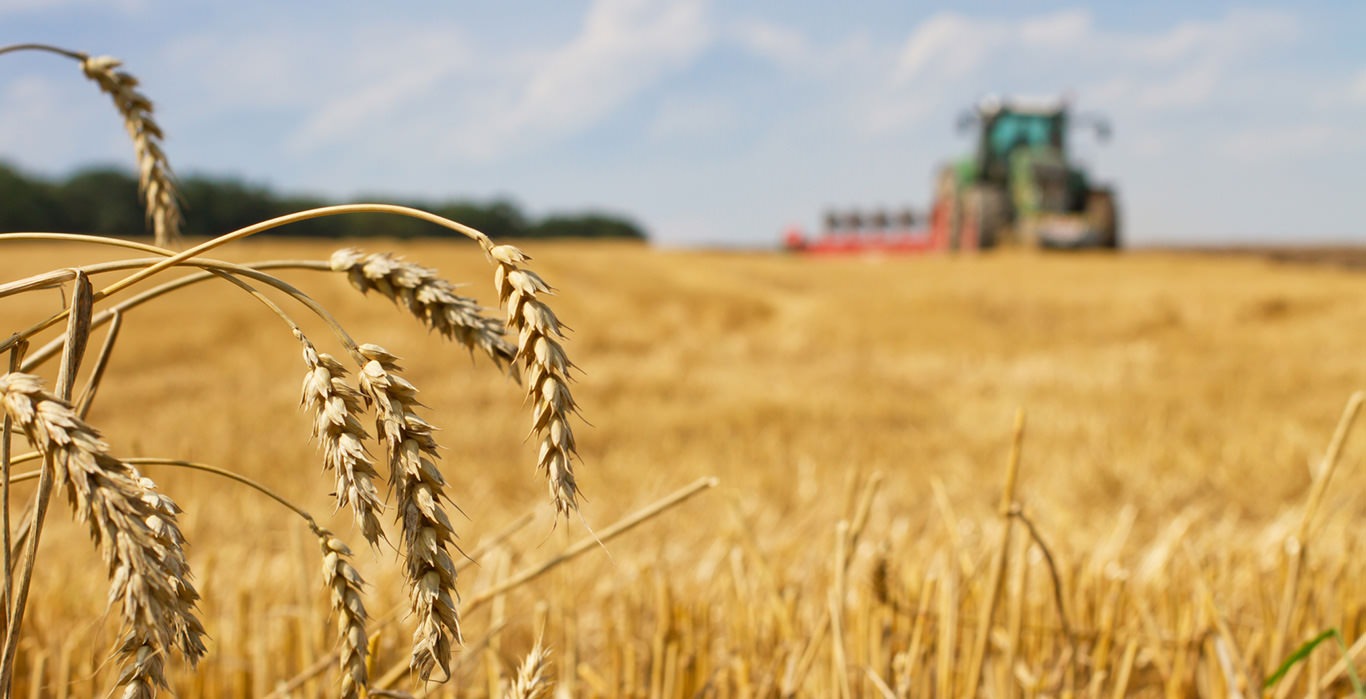Cows are mammals, and like all mammals they need to give birth in order to produce milk. Young cows, also known as heifers, reach sexual maturity between the ages of nine and twelve months depending on the breed. In general, however, most cows experience their first pregnancy around the age of twenty-four months. Pregnancy lasts nine months and ten days.

The nursery.
Definition :
The nursery is the area set up to raise calves. It is divided into fenced areas for calves of different ages.
Did you know :
At two months of age, calves weigh twice as much as they did at birth and they drink up to five litres of milk a day. At the age of three months, they begin to eat hay.
Getting the cow to lactate.
After birth...
When a calf is born, the cow takes care of it. She licks it to clean it, stimulate blood circulation and breathing, and she helps it to stand upright. Afterwards, it goes to the nursery, where it will remain for five months.
The cells can be collective or individual, in which case the risk of disease contagion is avoided. After eight weeks, the calves are grouped into collective areas (European regulation). The breeder provides the calves with milk.
Separating the calf from the cow
The cow starts to be milked on the day her calf is born and her colostrum is given to the calf. It has been shown that cows and calves that are separated at a later time (four days) after birth, experience more difficulty with separation. This separation is inevitable in dairy farming.